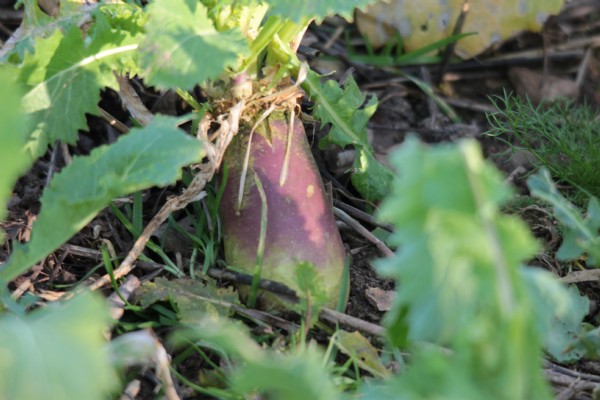

Fodder crops provide useful green forage when grass is restricted. They also make crop rotation work. Once the decision has been made to break up a ley or pasture, many farmers sow a brassica crop. These are not troubled by grass pests or diseases and thrive on the nitrate released by the decaying sward.
Brassicas quickly produce a crop for grazing. Some farmers apply muck or fertiliser to the crop, making it as productive as possible. This feeds a larger number of livestock, so returning more dung to the soil, making the most of a very beneficial cycle.
Reduce Feed Costs
These short-term catch crops are sown in late spring or summer to provide valuable home-grown fodder for buffer feeding dairy cows or finishing lambs in autumn or winter when other sources of forage are limited. Turnips and rape grow quickly, needing just 10 weeks. Kale, swede and hardy turnip take a bit longer but are much more winter hardy and excellent for late winter grazing. All are highly beneficial break crops which reduce grassland weeds and pest attacks.
Summer Feed for Dairy Cows
Stubble turnips are palatable, energy-rich and offer dairy farmers the opportunity to fill a feed shortage over the summer. They can be direct drilled with a Moore Uni-Drill (or similar) into a recently silaged sward in May or June. There is no loss of soil moisture and minimum expenditure involved. A good dose of slurry or manure should be applied shortly after sowing and by mid August there is usually a very good crop ready to graze. To allow the rumen to adjust, cows should be introduced gradually to the crop for the first few days.
Lamb Finishing
Lambs can be successfully fattened on fodder brassicas, gaining around 100-150 grams per day. The addition of a small quantity of hay, barley or concentrates is beneficial. These crops, especially when grown on free-draining soils, are excellent for late autumn and winter use.
Strip Grazing
Electric fencing allows the crop to be fed at a controlled rate. A sufficiently long length of fence enables all stock have access to the crop face. By doing this there is also less wastage through trampling. Ideally, a grass 'runback' should be provide for animals to lie on.
Soil Types
These crops will grow on most soil types provided they are well-textured and can provide a fine tilth when cultivated. However, it is important to sow on welldrained, dry ground for winter grazing.
Date Posted: 9th August 2016



